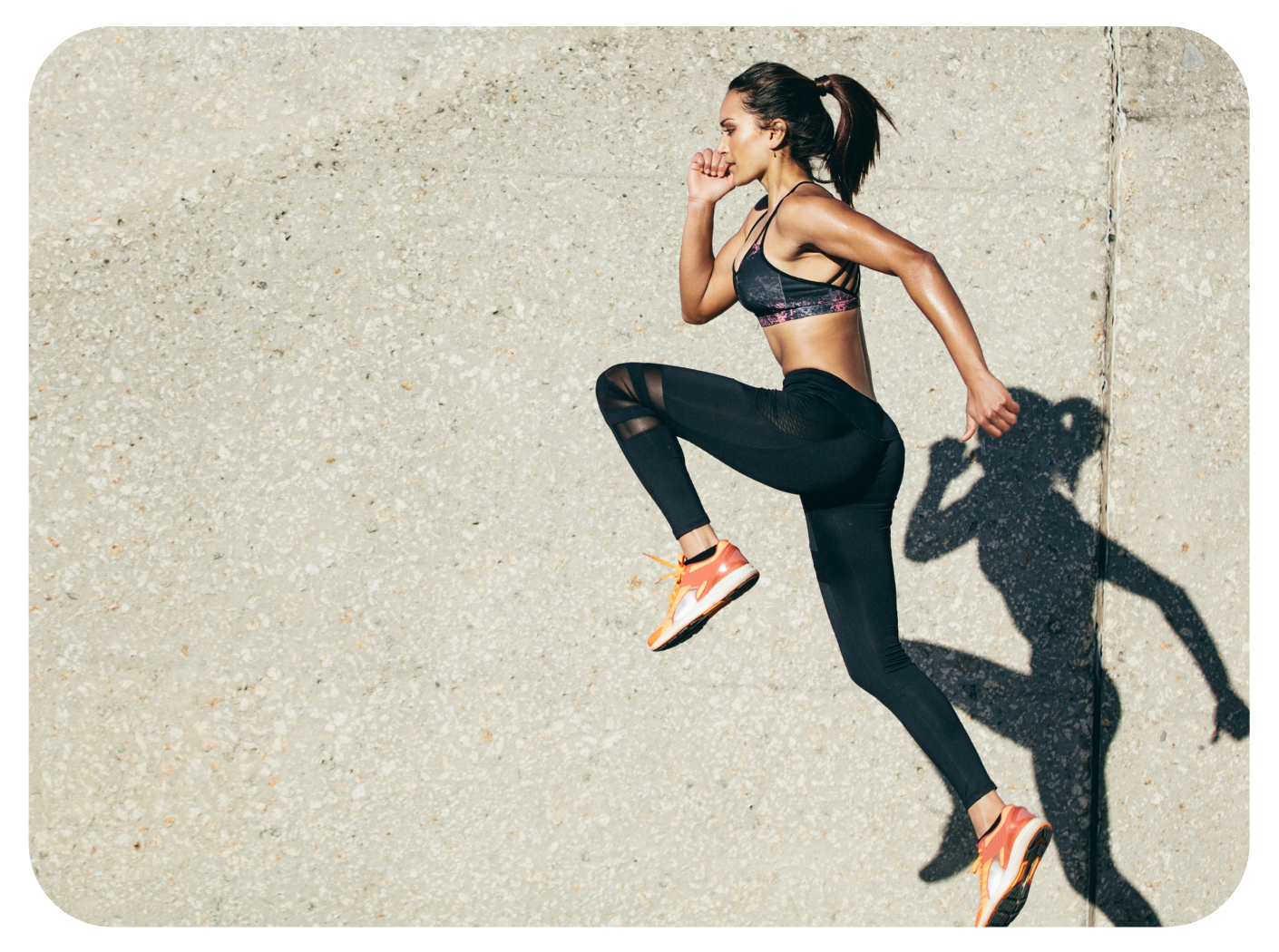Increase Muscle Strength and Tone
As we age, our muscle mass naturally decreases, with muscle strength and tone starting to diminish around the age of 30. Recently, I’ve been focusing more on strengthening and toning my muscles—not just for aesthetic reasons, but also because strong abs and legs are essential in preventing (or at least reducing) lower back pain, a concern I personally deal with. In fact, maintaining strong muscles is crucial to the health of your entire musculoskeletal system, including bones, ligaments, tendons, and more.
The most effective way to achieve noticeable results in muscle strength and tone is through a combination of resistance training and a diet rich in protein. Let’s dive into each of these aspects and see how they contribute to a healthier, stronger you.
Resistance is one of the best way to gain lean muscles with or without any equipment.
What is Resistance Training?
Resistance training, also known as strength training, is an anaerobic exercise that uses resistance to stimulate muscular contraction, which builds muscle strength. This can be done using various methods such as free weights (not attached to a machine), weight machines, resistance bands, or even your own body weight with exercises like squats and push-ups.
When performed regularly, resistance training leads to increased strength and muscle tone. Progressive resistance training (PRT), where we gradually increase the intensity of our workouts by increasing the weight, repetitions, and sets, further enhances both strength and endurance.
For optimal results, aim to exercise at least three times a week with a program tailored to your fitness goals. A well-rounded program should include both strength and power exercises, teaching your muscles to execute quick and efficient movements—such as ascending stairs quickly.
But resistance training isn’t just about building muscle. It offers numerous additional benefits, including:
Improved stamina and reduced fatigue
Better posture and mobility
Enhanced mood and self-esteem, which are crucial at any age
Here are a few simple exercises you can perform anywhere using just a resistance band.
Protein-rich foods, particularly animal products, are essential to build lean muscles.
How Much Protein Do We Need Daily?
Protein is essential for muscle growth and repair, as the body breaks down protein into amino acids that fuel muscle recovery. However, as we age, our body’s ability to process and synthesize protein decreases. This means we need to adjust our protein intake to maintain muscle health.
Under 40 years old: The average recommendation is 0.8 grams of protein per kilogram of body weight. For example, someone who weighs 50 kg (110 lbs) needs about 40 grams of protein daily.
Over 40 years old: As protein synthesis slows down with age, we need to increase our intake to 1 to 1.3 grams per kilogram of body weight. For more active individuals, protein needs can reach up to 2 grams per kilogram.
Top sources of protein include:
Lean meats like poultry and fish
Eggs, milk, and yogurt
Plant-based sources like soy, beans, rice, and quinoa
While vegans can get sufficient protein from plant-based foods, animal protein (from meat, milk, and eggs) is superior because it contains the best balance of the nine essential amino acids that our body cannot produce on its own. For those looking to calculate their ideal protein intake, a handy protein calculator can help you plan your meals.
Protein Powders and Snacks: My Personal Experience
I’ve never been fond of protein powders, as many contain whey, which upsets my stomach and causes bloating. I’ve always preferred to get my protein from whole foods—until I discovered Human Improvement protein powder. This clean protein powder is easy on my stomach, and I now add it to my smoothies at least three times a week.
When I need a quick snack, I turn to Tusol Protein Bars, which are made with the cleanest ingredients, sweetened with lucuma, and taste absolutely delicious.
As we age, maintaining a regular fitness routine and a balanced diet is more important than ever. By incorporating resistance training and adjusting your protein intake, you can keep your muscles strong and lean, helping to improve both physical health and overall quality of life.
Give it a try and let us know how it goes!


